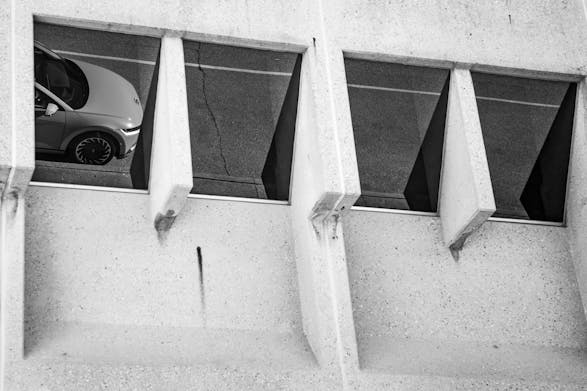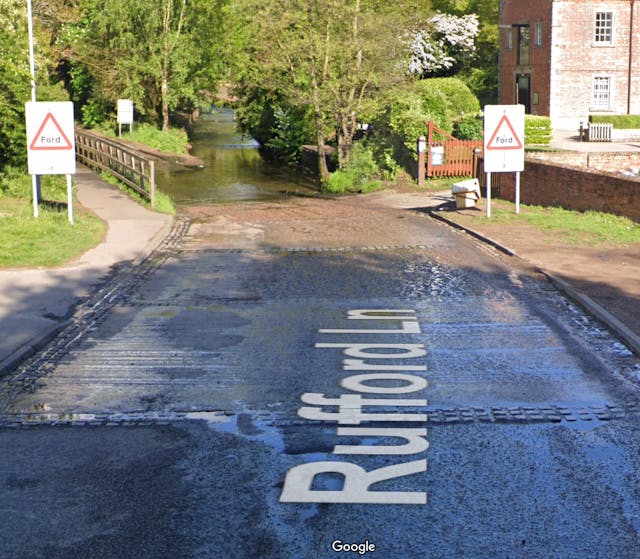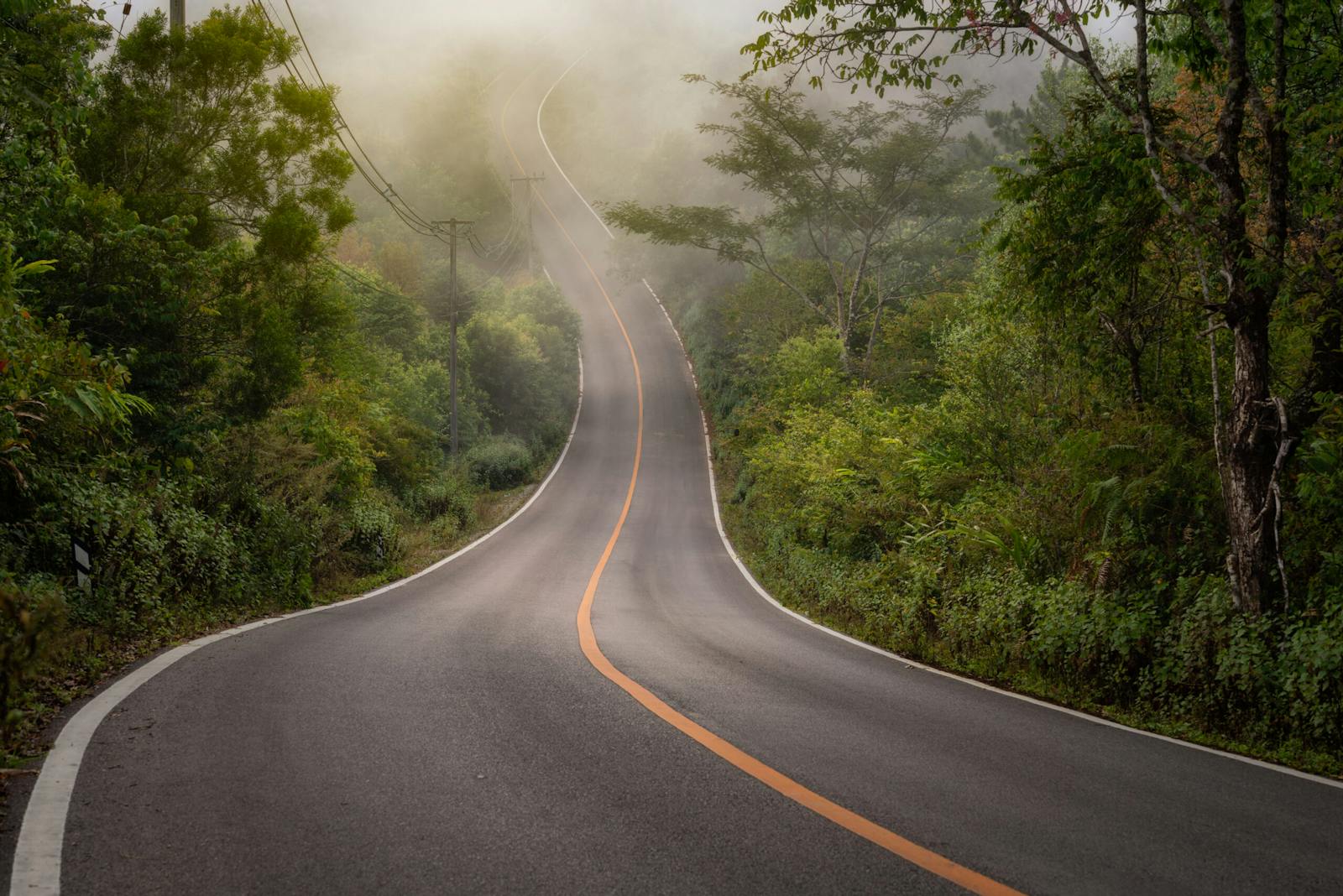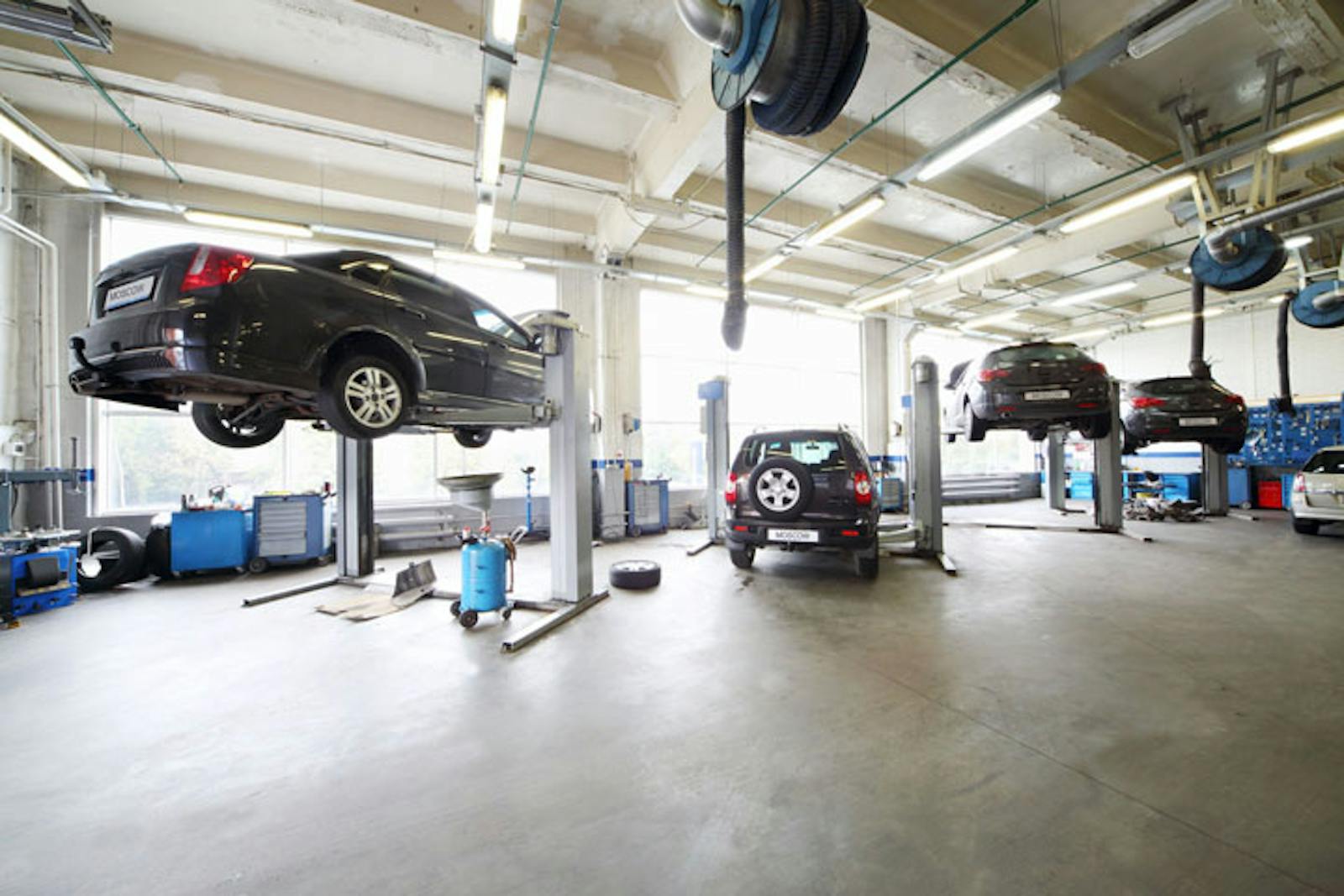What automotive landmarks have you discovered via social media?
I have noticed how social media has made me more of a “local” in any place I visit. That benefit is important to me, as a large chunk of my childhood was spent in my mother’s travel agency, hawking tourist traps to customers in an age when such information was not at our fingertips. Now, we’re in the Information Age, and it is easy to find the things we like in the places we want to visit. Those aren’t hollow words, either: I used social media to create a vision for one of my favorite articles that I have written here at Hagerty Media.

These days, there is no more waiting for hours in line to see a famous landmark, cultural activity, or priceless work of mankind. Well, unless a long queue is what you really want. I revel in eating with locals, exploring like a resident, and finding treasures relevant to my interests. I normally start with YouTube research, as there are local content creators just about anywhere, encouraging you to live like a local. With that, let me introduce you to a charming little place called Rufford Ford in Nottinghamshire, England.
This delightful spot was served up to me by the infamous YouTube algorithm. This entertaining, well-produced video gets us all up to speed about Rufford Ford, but it is not the first video the algorithm served me:
It was late at night, and I was nowhere near a desktop computer to research why so many people were fording this waterway. At some point I became enamored with the thousands of videos aimed at watching motorists cross this river’s path. I would note when the hood became submersed, and wait for the inevitable clanging sounds and backward lurches when the engine inhaled water. Morbidly entertaining, I know, but the sound of moving water is relaxing … complicated feelings abound when you watch enough videos of Rufford Ford!
Then I noticed how newer videos uploaded to YouTube were crafted to appeal to the algorithm, and how the TikTok-worthy dopamine hit of the situation turned a cordial meeting of water and automobile into a tourist trap loaded with rowdy crowds and rows of cameras. While I’m all for turning spectacles into sports (I’m a judge for The 24 Hours of Lemons), conducting such events on public roads will infuriate the locals. The TikTok craze did indeed infuriate people who lived nearby and, predictably, Rufford Ford was closed to motorists late last year.
Ah, the fantastic things we learn thanks to social media. With that said, I am sure there are more stories out there, and others in the Hagerty Community have seen them. So let’s get back to that question:
What automotive landmarks have you discovered via social media?
***
Check out the Hagerty Media homepage so you don’t miss a single story, or better yet, bookmark it. To get our best stories delivered right to your inbox, subscribe to our newsletters.



I find more of my land marks being discovered by legend and story telling.
Here In Akron Ohio we have a Ford. Found out by the older kids that told us about it. We also have what is known as Cadillac Hill. It was behind the dealer and it is brick and so steep they actually staggered the bricks to give traction.
While these were urban land marks we had our own in the suburbs. For one Cry Baby Bridge in Rouges Hollow. It was called the meanest place in America 150 years ago. Filled with miners and outlaws. it was an area you passed buy.
While the Cry Baby Bridge is often in many areas we like to declare ours as real since the bridge is still there and the story of a death there is true.
I find none of this on You tube. These are stories passed down from generation to generation and we don’t need technology for that.
Same on famed races and crashes in our area. Sometimes more people claim to have seen it than were really there but the stories get passed on.
Well, you can’t live everywhere to hear these stories. And now that you told me about it, I just had to see it for myself (so to speak)
https://www.youtube.com/watch?v=e9Gtd7EwwYM
Rufford Ford sounds akin to 11foot8, the low railroad bridge known for punishing the unwary tall load driver.
Watched a video, and WOW, this could get addictive: https://www.youtube.com/watch?v=oVpceWrLtWk
When it comes to deep water or low bridges no one is punishing anyone. It is just a sign of poor judgment on the drivers part.
God knows we have plenty of that to go around.
It seems like you can use the words renter and driver are completely interchangeable in this case: look at how many of the box trucks are from rental/lease agencies!
https://www.youtube.com/watch?v=9k319Qfm01A
Sajeev, that article was my one of my favorite all time articles, too. I love ones that combine 2 of my interests, like cars and architecture, or cars and James Bond. It would be great to see another in the cars and architecture series. I was just in Seoul, and Korean cars even make more sense in the context of Korean architecture. Although you don’t get the voyeuristic pleasure of a YouTube channel like “will it shread”.
I’m glad that story has stuck with you too!
Yeah from what little I’ve seen of South Korea, I can imagine that geometric abstraction like this would work very well in their city centers.
I am always trying to come up with another carchitecture article, but nothing has really stuck in my head like Columbus IN (and the Ioniq 5, but to a lesser extent.)
Here’s a fun thought exercise: The perfect car for ….
First one, Salk Institute in La Jolla. Or the rotunda of the Guggenheim (the OG). This game can go on forever….
Good excercise! And now it looks like I need to find a Cord for a trip to NYC!
Interesting article.
Really, “home in” is preferred to “hone in”, per Merriam-Webster – and makes more sense, anyway.
Cadillac Ranch, Amarillo Texas.
https://www.roadsideamerica.com/story/2220
Rajeev; thank-you for sharing a bit of your past. My own has some similarities.
The circumstances and qualities you seek while travelling certainly contribute to the experience, but aren’t uniquely recommended — the esteemed Rick Steves has always espoused those very things.
Myself, from an earlier generation, do not believe that “social media” has bettered human existence. The contrary is now more likely.
That said, most, if not all of us, have sought and found actual solutions to so many quandaries and questions we encounter, (and unlimited entertainment;) all online. For those, I’m most thankful.
The Replies posted thus far cite everything other than “social media” as their origin source.
At my age, and in my neck of the woods, there are many places of historic interest that can now probably be searched online. Long Island had settlements from the 1600’s, and/or earlier.
A favourite is a local (to me) small plaque along the roadside which I discovered while cycling.
And it’s even relevant to cycling…
It’s located on South Country Road in East Patchogue, my town; and claims to be the site where the Ball Bearing was invented. My own research (online!) fails to bear (you knew that was coming,) this out.
It appears that an earlier inventor, 1794/Scotland, is more likely correct.
My local hero, of 1866, was one Oliver Hazard Perry Robinson.
https://www.hmdb.org/m.asp?m=175116
Apropos to my circumstance, his contribution seems to have been to bicycle technology.
Anyway, ball bearings, of any type, are integral to automotive history too. Where’d we be without ‘em?
Happy hunting!